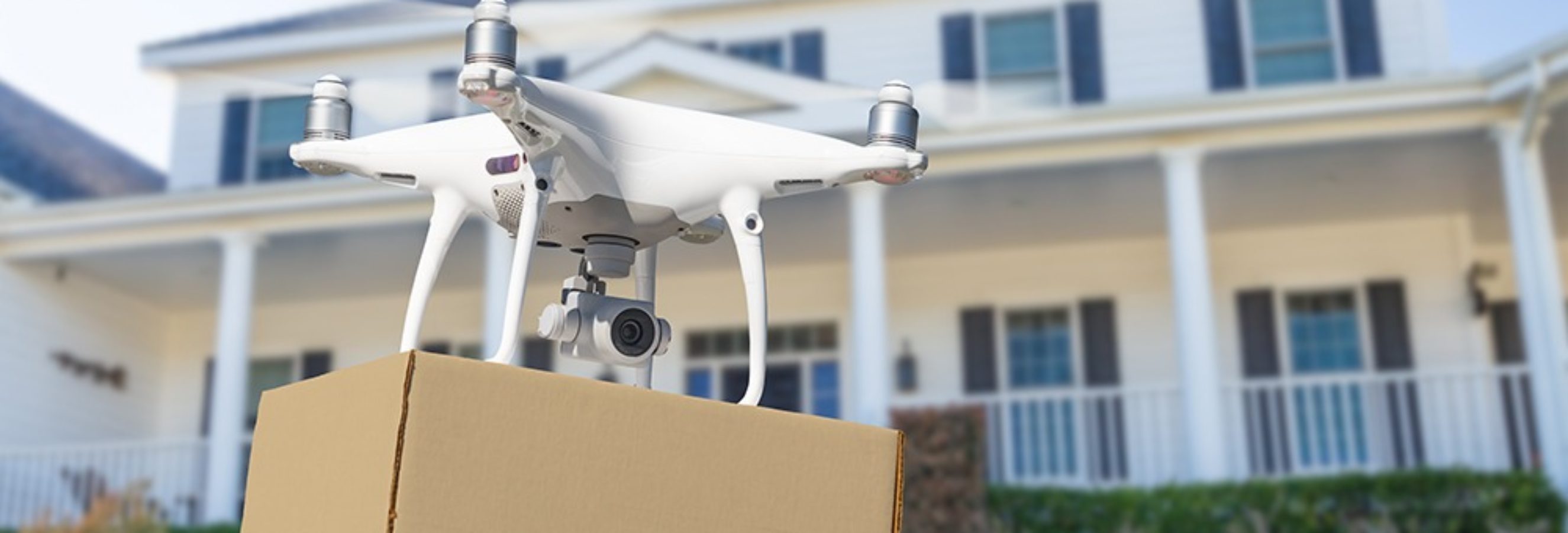The new year brings with it predicting the retail trends for 2021. Here are eight trends to watch out for.
1. Online Stores Expanding into Offline
While 2020 was a banner year for online sales, for 2021 we predict a continuation of a retail trend that we were seeing pre-pandemic. In order to build experiences, direct-to-consumer brands that used to be online only may expand into physical stores (Warby Parker, Glossier, Casper). Naturally, most of these retailers sell products where the product benefits immensely from being seen in person. Over the next 5 years, real estate experts predict that over 850 new physical stores will open by digitally native brands.
2. Popularity of Value and Ethical-Based Brands
It’s crucial for brands to prioritize ethics, transparency, and values as they are more important than ever. According to Forrester, 41% of US consumers actively try to buy from companies associated with environmental, social, and political ideals and 71% prefer to buy from brands that align with their values. It can be risky for brands to take an ethical position on issues but when done right it can result in lasting consumer loyalty.
3. Importance of Social Media in Commerce
The COVID-19 pandemic and the closure of brick-and-mortar stores means that online shopping is here to stay. More seamless ways to shop online are increasingly prevalent as consumers can now buy direct from social media apps. This is evidenced through the partnership between TikTok and Shopify and the rise of Facebook shops trying to cater directly to brands. In 2021 we can expect to see social commerce grow for both brands and shoppers.
4. Using Smart Speakers to Shop
Were you aware that the adoption rate for smart speakers like Google Home and Amazon Echo in the U.S. is over one-third of consumers? About 20% of smart speaker owners use them for shopping activities like doing product research, tracking deliveries and ordering products and is expected to grow to 52% within the next four years. Even brands that are not on Amazon can take advantage of smart speaker voice and search technology. When a voice assistant provides an answer, it also allows the user to open the web site where the answer was found.
5. Use of AR to Augment the Shopping Experience
Artificial Intelligence (AI) and Augmented Reality (AR) have taken a strong foothold. A Nielsen Global survey in 2019 revealed that 51% of consumers say that they would be willing to use AR technology to assess products. As the COVID-19 pandemic has accelerated the shift to online shopping, it’s crucial for retailers to try to bridge the gap between the digital and the physical by adopting AR-powered commerce. Shopify has introduced Shopify-AR, an easy-to-use toolkit for retailers to showcase their own products. And it’s working as interactions with products that use AR have a 94% higher conversion rate.
6. More Authentic Influencer Marketing
The days of overly produced online ads that contained perfectly Photoshopped product shots and clever captions are gone. Influencer marketing has become much more real and authentic and this change will continue into 2021. Content that prioritizes entertainment, education, and the viewer experience will continue to win over the consumer. With brick and mortar stores closed, the most important medium for influencer partnerships will be video.
7. Increasingly Faster Delivery
First, it was 2-day with the advent of Amazon Prime, then next-day, then same-day, and the consumer wants it even faster. 88% of consumers are willing to pay for same-day or faster (PwC). Even big-box retailers are getting into it with Walmart expanding their 2-hour express delivery options and Target growing their Shipt service. And let’s not forget about the newest technologies such as drone delivery (30 minutes or less) and delivery robot startups.
8. Growth of the Circular Economy
The environment will continue to be top of people’s minds going into 2021 which brings us to the circular economy such as rental and resale services. Apparel services like Rent the Runway and e-commerce platform ThredUp and furniture rental companies like Furnish & Feather are perfect examples. The secondhand market is expected to grow to nearly 1.5 times that of fast fashion ($64 billion versus $44 billion) by 2028. (Retail Dive). Consumers are becoming increasingly environmentally conscious and so the circular economy is becoming more viable for retailers of all sorts.
These are 8 trends to watch for retail in 2021. Let us know what you think and we’re always happy to have a discussion about anything shopper or retail-related along the dynamic and changing shopper journey.


